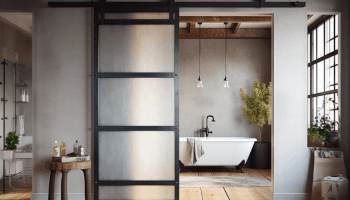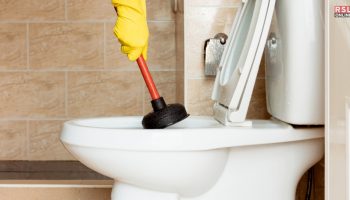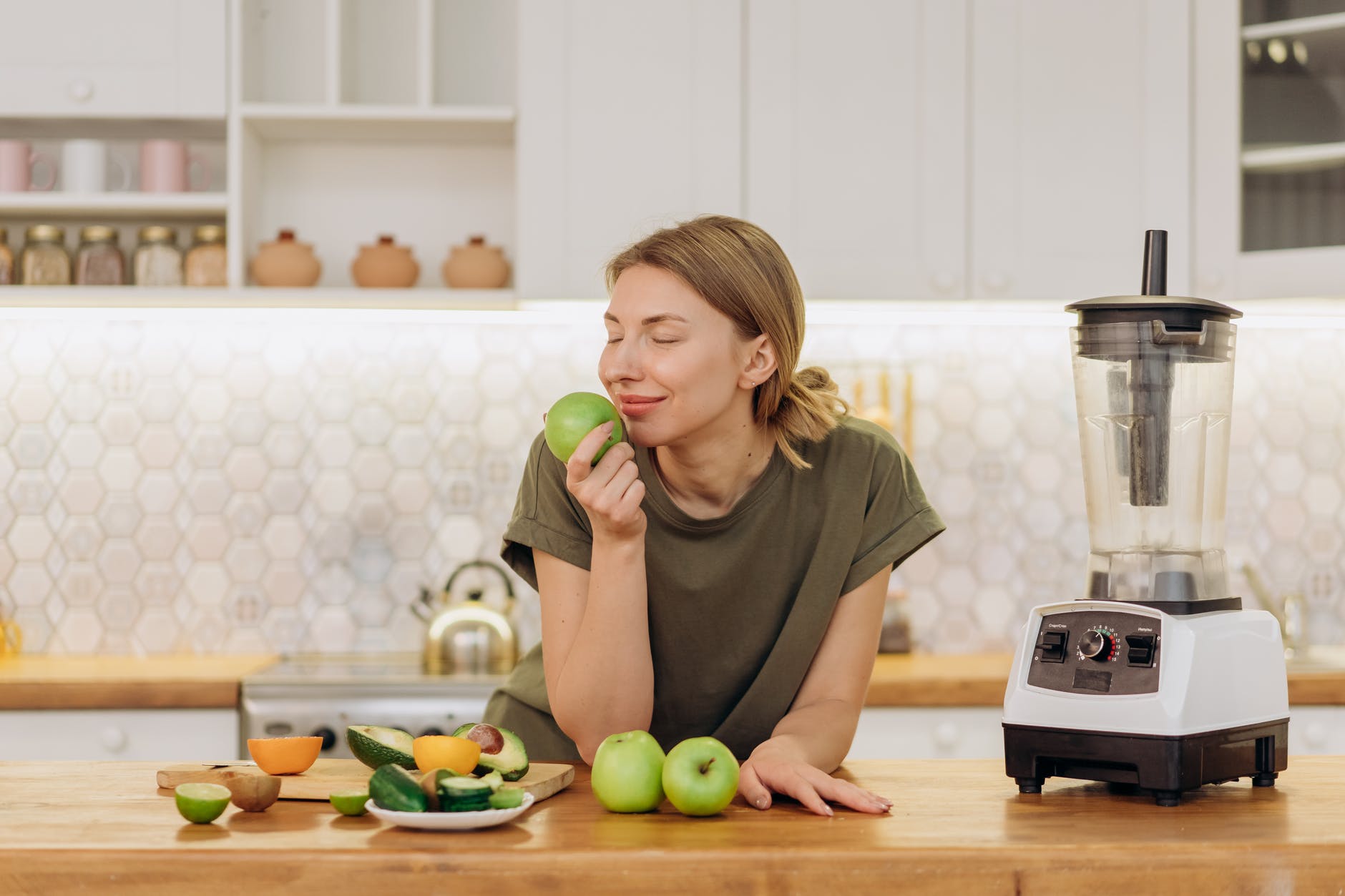Your kitchen is, as many say, the heart of your home, and it’s crucial that you are able to minimize germs in your kitchen for you and your family as possible. This can be hard in a kitchen; after all, it’s where you cook, so it is sure to be a mess and therefore the potential for germs to proliferate due to food and leftovers being present.
However, there are some ways you can minimize germs in your kitchen and make it a much safer space. One of those ways is to choose a good work surface. Not only are some countertops easier to keep clean than others, but some are generally safer options. Read on to find out more.
Why Are Germs A Problem On Countertops?
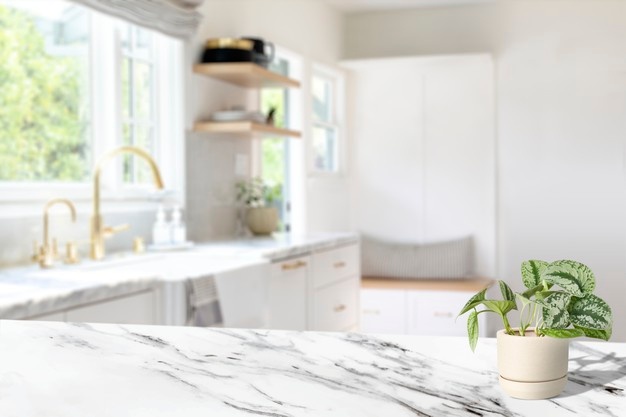
To begin with, let’s look at just why germs are such an issue when it comes to your kitchen countertop. The problem is that germs can find any of the tiniest spaces to breed in, meaning that if there is a minor fault like a crack within the work surface, that’s where problems will start.
However, it’s not just these faults that are problematic. On some work surfaces, the material is not smooth, meaning that it’s harder to clean thoroughly, and again, you’ll find a dirt build-up and germs there. This could even lead to mold or fungus. That’s why choosing the right material from Legacy Countertops is hugely important.
Options and explanations to help you out to minimize germs in your kitchen:
1. Quartz
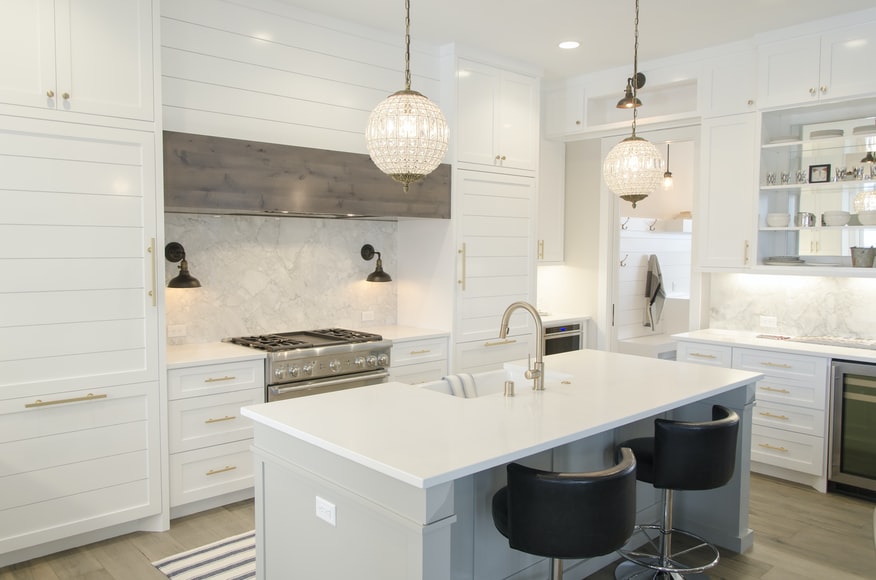
Perhaps you haven’t considered quartz countertops before, but they could be the ideal choice. Not only are they highly durable and long-lasting (and therefore cost-effective), but they are also considered to be one of the most hygienic countertops available that helps to minimize germs in your kitchen.
Quartz is made from a variety of different minerals (all entirely natural) which are combined using resin and polymers. This means that quartz is non-porous, making it very hygienic and exceptionally easy to clean. In other words, there is nowhere for the bacteria to go, and it can only rest on the surface, so when you wipe the countertops down, you wipe the germs away.
2. Laminate
When you think of kitchen countertops, laminate is most likely what springs to mind first, and there is good reason for that. For many years now it has been one of the most popular kitchen surface options due to its reasonable price. Plus, although laminate may not have had that luxury look and feel in the past, today’s laminate countertops are much better—offering a high-end look for a budget price.
What’s truly great about laminate countertops is that there is no end to the choice of color you can have, which can’t always be said about any of the more natural products.
Laminate countertops are also reasonably hygienic one to minimize germs in your kitchen. Again, they are well-sealed, and they are easy to clean. However, using too much water can result in damage, and when the laminate starts to come apart, bacteria can get in and cause problems.
3. Granite
Granite is another popular option when it comes to modern kitchen countertops. It looks great and is very long-lasting, plus it’s natural, so if that’s important to you, granite might be the best choice.
Granite must be sealed properly, however. If it is not sealed, it will become the ideal place for germs to breed, and could actually be the worst kitchen countertop to choose.
Additional reading:









